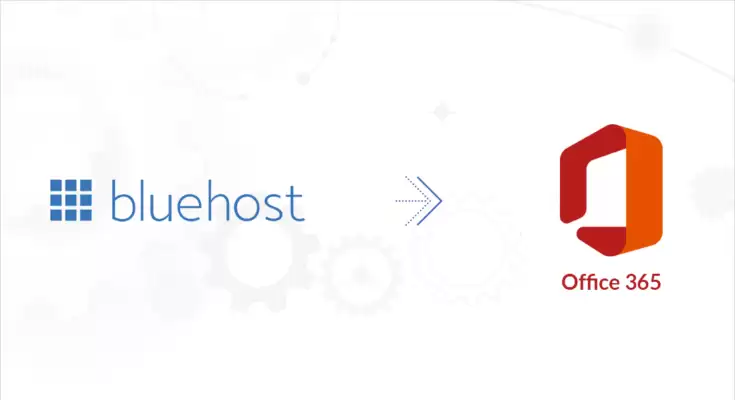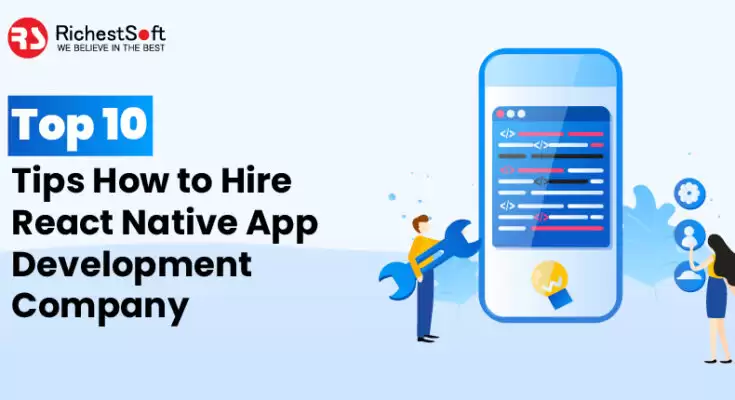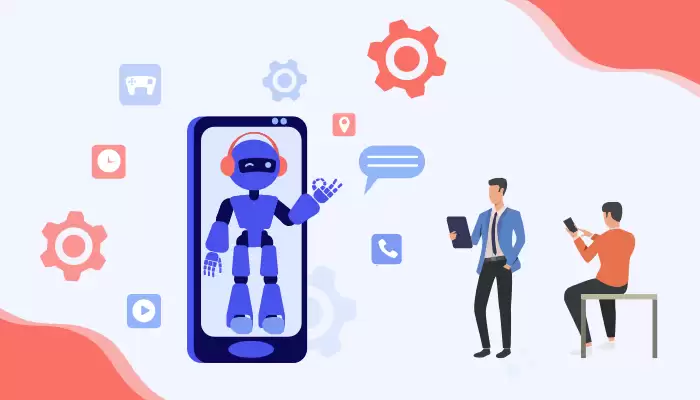The rise of food delivery apps has been one of the most significant trends in the food industry in recent years. With the COVID-19 pandemic accelerating the trend towards online ordering and delivery, food delivery apps have become an essential part of the food industry ecosystem. In 2023, the food delivery market is expected to continue its growth trajectory, and entrepreneurs looking to build a successful app in this space need to understand the key trends and technologies that will shape the market.
In this article, we will explore the rise of food delivery app development and discuss how to build a successful app in 2023.
Understanding The Food Delivery Market
The food delivery market has exploded in recent years, driven by changing consumer preferences and the growing demand for convenience. According to a report by Statista, the global online food delivery market was valued at $107.4 billion in 2020 and is expected to reach $154.3 billion by the end of 2023. The Asia-Pacific region is the largest market for online food delivery, with China and India leading the way.
The food delivery app development has transformed the way people order and receive food, with consumers now able to order from a range of restaurants and cuisines with just a few taps on their smartphones. This has created a highly competitive market, with numerous food delivery apps competing for market share.
Features That Food Delivery App Development Should Include
To build a successful food delivery app clone in 2023, it is essential to understand the key features that customers and restaurants look for in an app. These include:
- Easy Ordering: Customers expect a seamless ordering process that allows them to quickly find and order the food they want.
- Real-time Tracking: Customers want to know the status of their order in real-time, including when it is being prepared, when it is out for delivery, and when it will arrive.
- Restaurant Management Tools: Restaurants need tools to manage their orders, track inventory, and communicate with delivery drivers.
- Payment Options: Customers want a range of payment options, including credit cards, digital wallets, and cash on delivery.
- Customer Service: A successful food delivery clone app must have responsive customer service that can address any issues or concerns that arise during the ordering process.
Technologies Driving the Food Delivery App Market
Several technologies are driving the growth of the food delivery app market in 2023. These include:
- GPS Tracking: GPS tracking technology enables real-time tracking of delivery drivers, allowing customers to track the status of their orders and estimate delivery times.
- Artificial Intelligence: AI can be used to personalize the user experience by recommending restaurants and menu items based on past orders and user preferences.
- Blockchain: Blockchain technology can be used to secure transactions, verify food sources and ensure food safety.
- Augmented Reality: AR technology can be used to provide immersive restaurant experiences, such as virtual tours and interactive menus.
- Voice Recognition: Voice recognition technology can be used to enable hands-free ordering and provide a more natural user experience.
Making A Successful Food Delivery App Development
For a successful food delivery app in 2023, it is essential to focus on the key features and technologies that will drive customer adoption and satisfaction. Here are some tips for making food app development successful:
Focus on the User Experience:
Developing a successful food delivery app requires a focus on the user experience. The user interface should be intuitive, easy to navigate, and offer a seamless ordering process. It is essential to ensure that the app loads quickly and is compatible with all devices, including smartphones and tablets. Additionally, developers should integrate innovative features such as real-time order tracking, personalized recommendations, and easy payment methods.
Embrace Advanced Technologies:
To stand out in a crowded market, your app must incorporate advanced technologies such as GPS tracking, AI, blockchain, and AR to provide a personalized and immersive user experience.
Partner with Restaurants:
Partnering with restaurants is a crucial element in making a successful food delivery app. Collaborating with local restaurants not only expands the variety of food options for customers but also creates a mutually beneficial relationship between the app and the restaurant.
By partnering with restaurants, the app can ensure timely and accurate delivery of food, maintain a high level of food quality, and provide users with exclusive deals and discounts. In addition, restaurant partnerships can also help increase brand recognition and customer loyalty, as users may develop a preference for certain restaurants that they discovered through the app.
Ensure Food Safety:
Food safety is a top priority for consumers, and food delivery apps must take steps to ensure that the food delivered to customers is safe and of high quality. This can be achieved through the use of blockchain technology to track the source of food and ensure its safety.
Offer Flexible Payment Options:
Providing customers with a range of payment options, including credit cards, digital wallets, and cash on delivery, can increase the convenience of the ordering process and attract a wider customer base.
Provide Exceptional Customer Service:
A food ordering app must have responsive customer service that can address any issues or concerns that arise during the ordering process. This can be achieved through the use of chatbots and other automated tools that provide quick and helpful responses to customer inquiries.
Invest in Marketing:
Successful food delivery app development requires a robust marketing strategy that reaches a wide audience of potential customers. This can include targeted advertising on social media, influencer marketing, and partnerships with local businesses and events.
Conclusion
The food delivery app development industry has witnessed a tremendous rise in the past few years and is expected to continue growing in 2023. Building a successful food delivery app requires a clear understanding of market trends, user preferences, and innovative features that can enhance the user experience. It is crucial to create a user-friendly app that offers a seamless ordering and delivery process, efficient payment methods, and excellent customer service.
By focusing on these key elements, developers can create a successful food delivery app that caters to the needs of users and delivers a hassle-free experience. As the food delivery market continues to evolve, staying updated with the latest trends and technologies can help developers stay ahead of the competition and drive success.








